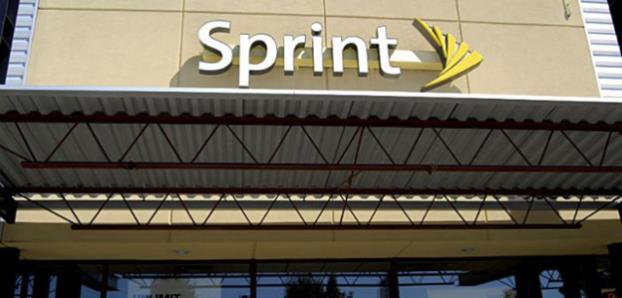LTE-Advanced is marked by 4X4 MIMO, 256 QAM and multi-channel carrier aggregation. Unlike some of its competitors, Sprint is sticking to aggregation of its licensed spectrum holdings as opposed to tapping Licensed Assisted Access to aggregate licensed and unlicensed frequencies.
“Our focus has been to use all licensed spectrum simply because we have enough of it to roll out gigabit LTE. Our competitors have been using a lot of LAA to supplement what they have with licensed spectrum.” He said using all licensed spectrum provides a more “predictable and available” network experience and provides Sprint “better quality control.”
On small cells, Sprint said it has deployed more outdoor units on its 2.5 GHz in the last six months than it had in the past two years; there are 21,000 2.5 GHz small cells on air, 15,000 of which are strand-mounted units. Sprint has deals in place with cable companies Altice and Cox that give the carrier access to aerial fiber for network densification efforts.
Saw noted there’s no “silver bullet” to developing a scalable small cell deployment process but did say that recent actions from the U.S. Federal Communications Commission to remove local-level permitting and siting variables have smoothed the process.
“We’re starting to make really good progress with some of the jurisdictions in terms of getting our permits approved. We’re also getting good momentum with the cable companies. They have a very valuable asset in the aerial fiber that we’re able to leverage to hang our small cells.” With the addition of small cells, “You can see a marked improvement in our customer experience.”
Saw also discussed how, given the ongoing merger discussions withT-Mobile US, he approaches near-term network investment. “Sprint andT-Mobile are still aggressive competitors until the day the merger closes…and the same holds true for network. The thing with Sprint is we are bringing a very important asset to the merger, which is our 2.5 spectrum and the technologies behind it. All of those investments are going to be relevant to the merged company.”
Important Additional Information
In connection with the proposed transaction,T-Mobile US, Inc.(“T-Mobile”) has filed a registration statement on FormS-4 (FileNo. 333-226435), which contains a joint consent solicitation statement ofT-Mobile and Sprint Corporation (“Sprint”), that also constitutes a prospectus ofT-Mobile (the “joint consent solicitation statement/prospectus”), and each party will file other documents regarding the proposed transaction with the U.S. Securities and Exchange Commission (the “SEC”). The registration statement on FormS-4 was declared effective by the SEC on October 29, 2018, andT-Mobile and Sprint commenced mailing the joint consent solicitation statement/prospectus to their respective stockholders on October 29, 2018. INVESTORS AND SECURITY HOLDERS ARE URGED TO READ THE JOINT CONSENT SOLICITATION STATEMENT/PROSPECTUS AND OTHER RELEVANT DOCUMENTS FILED WITH THE SEC WHEN THEY BECOME AVAILABLE BECAUSE THEY WILL CONTAIN IMPORTANT INFORMATION. Investors and security holders may obtain these documents free of charge from the SEC’s website or fromT-Mobile or Sprint. The documents filed byT-Mobile may be obtained free of charge atT-Mobile’s website, atwww.t-mobile.com, or at the SEC’s website, atwww.sec.gov, or fromT-Mobile by requesting them by mail atT-Mobile US, Inc., Investor Relations, 1 Park Avenue, 14th Floor, New York, NY 10016, or by telephone at212-358-3210. The documents filed by Sprint may be obtained free of charge at Sprint’s website, atwww.sprint.com, or at the SEC’s website, atwww.sec.gov, or from Sprint by requesting them by mail at Sprint Corporation, Shareholder Relations, 6200 Sprint Parkway, Mailstop KSOPHF0302-3B679, Overland Park, Kansas 66251, or by telephone at913-794-1091.
